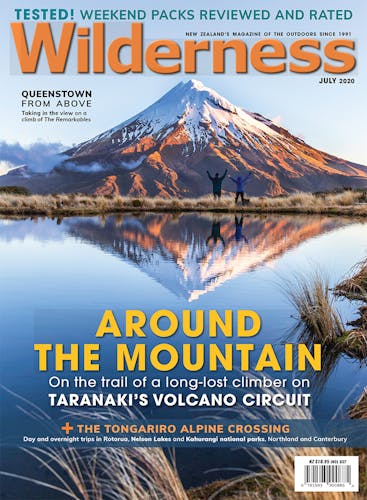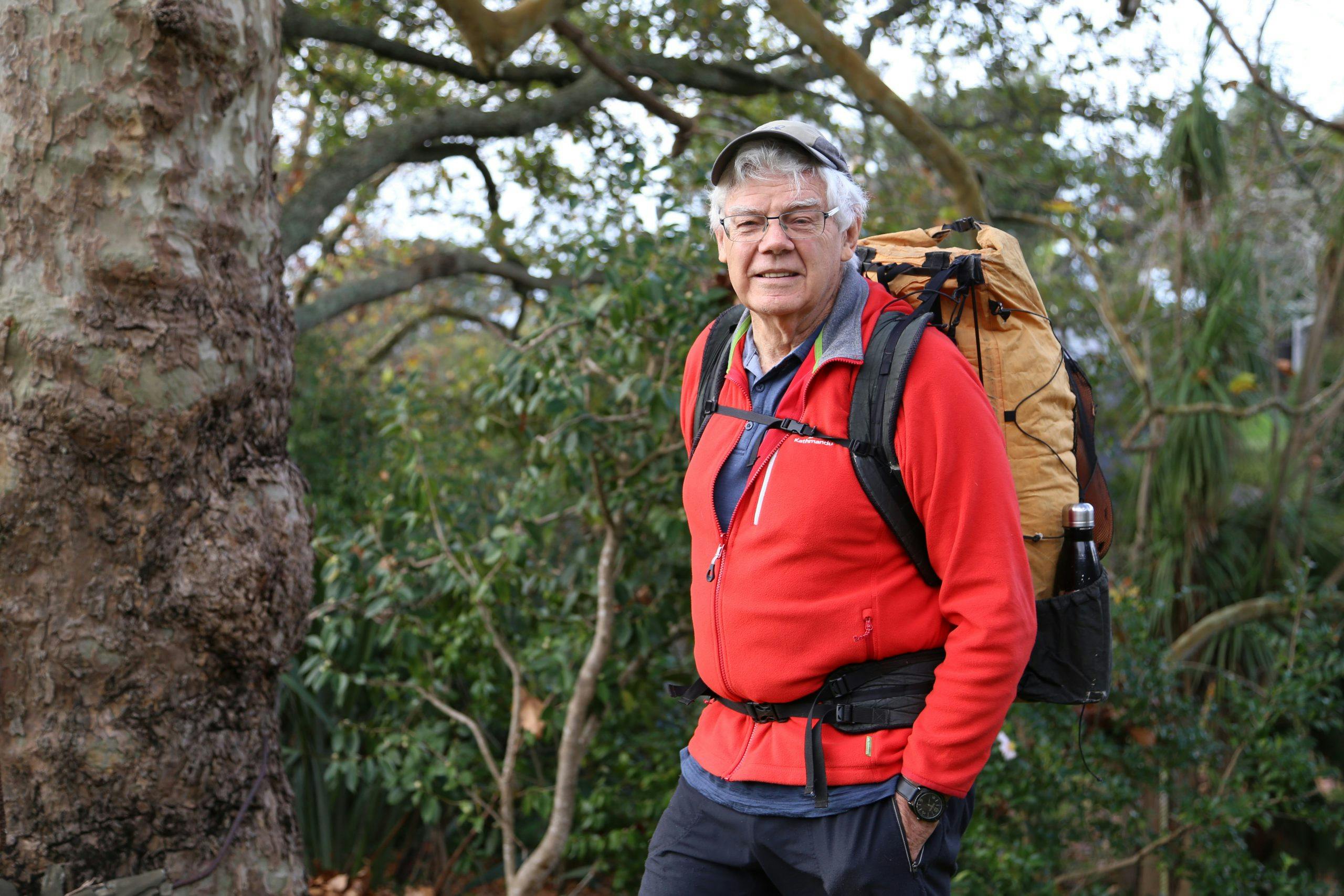Roger Parsons wants you to know he’s just an average tramper. And he is, if your average tramper hikes long trails into their seventies.
Spend 42 years with a tramping club and you’ll develop some decent trail fitness, especially if your club happens to organise dozens of trips a year including at least one long tramp in the South Island.
But one day you’ll also realise you maybe aren’t quite as fast as you once were. For 75-year-old Aucklander Roger Parsons, a veteran of the North Shore Tramping Club, that epiphany came in his mid-sixties. Rather than retire his pack for good though, he began seeking out the lightest gear he could find.
“I’m not a fast tramper but you can look at my build and see I’ve done it long enough that I can keep going all day,” he says. “But I did start feeling that if I wanted to keep up with the club, I needed to lighten my pack.”
After years of travelling to Europe and hiking hut-to-hut trails in the Italian Dolomites, he knew it was possible to tramp with a light load but wasn’t sure it could be so easily done in New Zealand where the hut infrastructure was less luxurious.
“In Europe, you could go from hut to hut indefinitely if you wanted to,” he says. “You don’t have a heavy pack and you don’t need to carry a lot of food.”
The answer wasn’t to reduce his pack size but to reduce his pack weight.
Ten years ago, the ultralight gear movement was in its infancy in New Zealand, but Parsons sourced a Marmot 900-fill goose down sleeping bag weighing 890g and costing $800. “Back then, there wasn’t really much available,” he says. “Now, for half the price and weight you could probably get a better sleeping bag.”
If you start overloading it, it will be uncomfortable. Up to 10kg is OK, but I wouldn’t want to carry much more. It’s not a Macpac.
Over the next few years, he added a three-quarter-length Therm-A-Rest sleeping mat weighing 360g and a Terra Nova Laser tent weighing 700g and costing an eye-watering $1200. “It’s a ridiculous tent,” he says. “It feels like tissue paper. Double skin, cuben fibre. The first time I used it, it rained all night. It was a good tent.”
He refined his clothing, bringing in merino layers and a waist-length waterproof jacket. He switched to a Jetboil stove capable of boiling water quickly and little else, culinarily speaking. His last major upgrade was a 55-litre cuben-fibre Z Pack worth $600 and weighing just 660g.
He had good reason for selecting his pack last: “Everything else has to be lightweight before you go to a lightweight pack,” he says. “If you start overloading it, it will be uncomfortable and it will not survive. Up to 10kg is OK, but I wouldn’t want to carry much more. It’s not a Macpac.”
By the time he was 71, Parsons’ gear splurge was over and he was ready to test how far he could go with his new lightweight setup. He had the perfect trail in mind: the nearly 1400km South Island section of the Te Araroa Trail.
With a base pack weight of around 7.5kg, plus up to five days worth of food, carefully prepared to ensure 500g for each day on the trail, his pack was much lighter than most of the other TA walkers he encountered.
“Some of them were carrying 20kg,” he says. “They can because they are young and fit, but I don’t think I could have done it.”
Parsons hiked the trail in four sections over two summers, often accompanied by friends who made sure he didn’t lose himself to the trail.
“There is an addictive element to it which if you’re on your own I think you can give into. You’ve left your normal life behind. What are you doing? You’re doing the TA Trail and everything else is subsidiary, it just disappears.”
While he’s keen enough to talk about his gear, he doesn’t like to talk up his long trail achievement: “I’m just an average tramper,” he says. “I’ve enjoyed tramping all my life but I’m not claiming to be superhuman or anything.”
Parsons’ tramping days are far from over. He volunteers for track clearing in the Kaimai Ranges and is still an active member of the tramping club. He even harbours dreams to walk the Cape Reinga to Auckland section of the TA.
“Somehow, these long-distance walks get into your blood,” he says.








